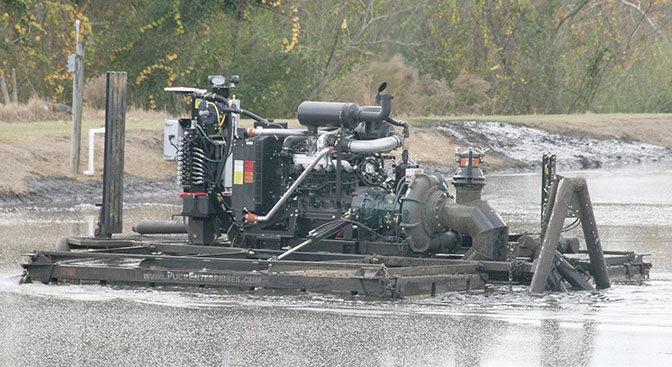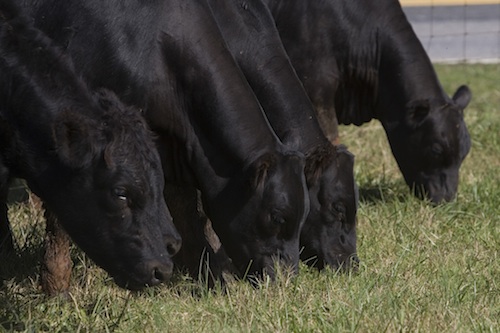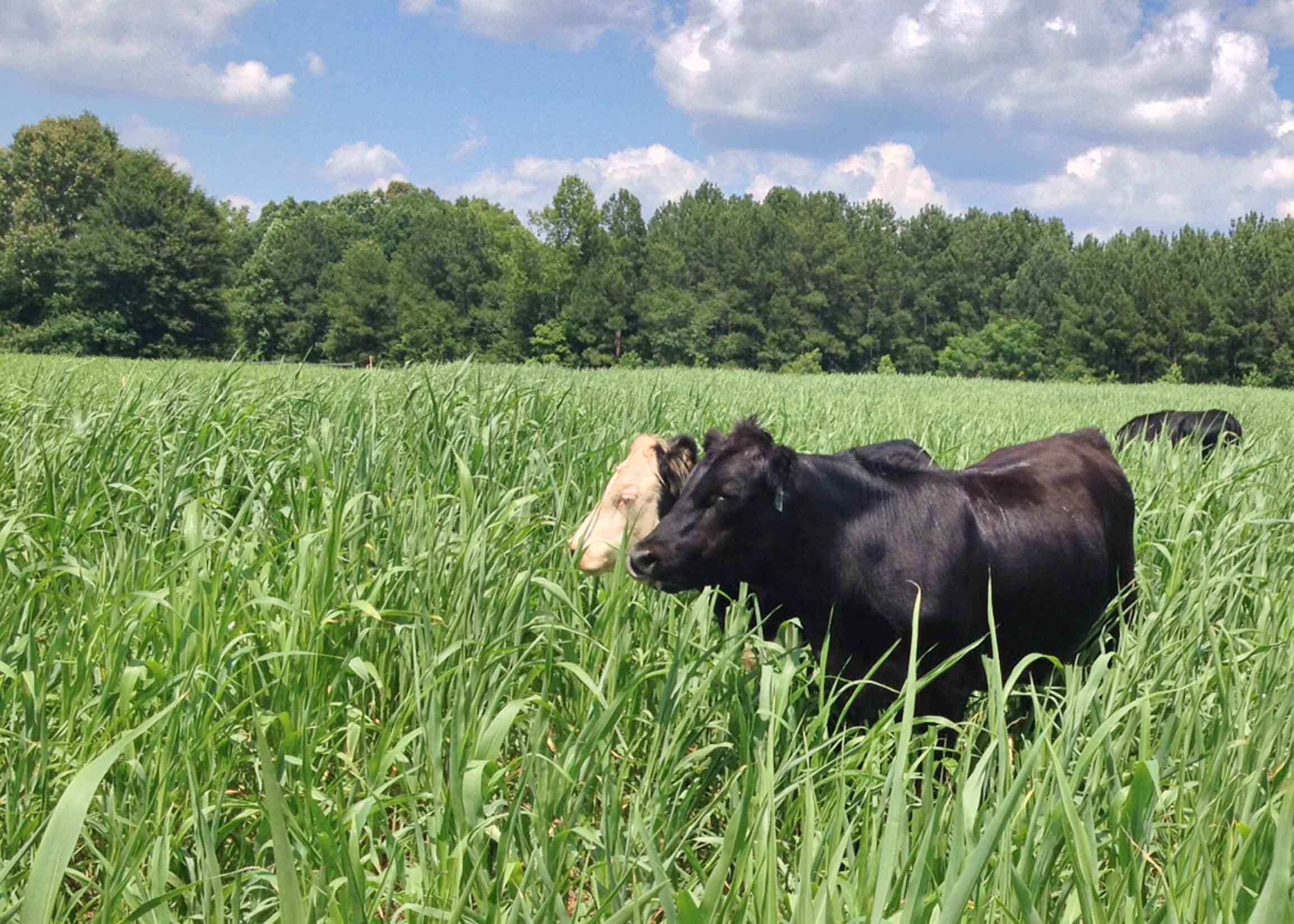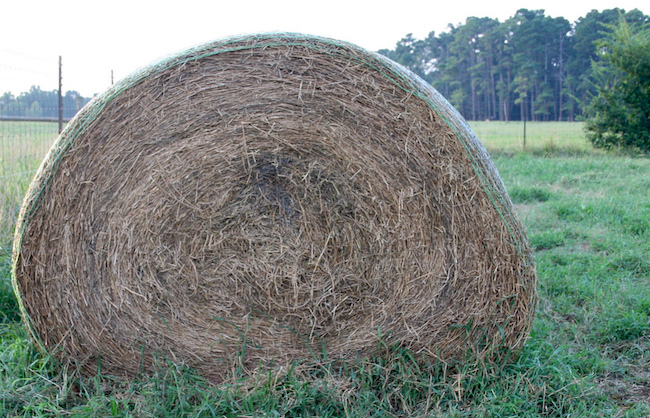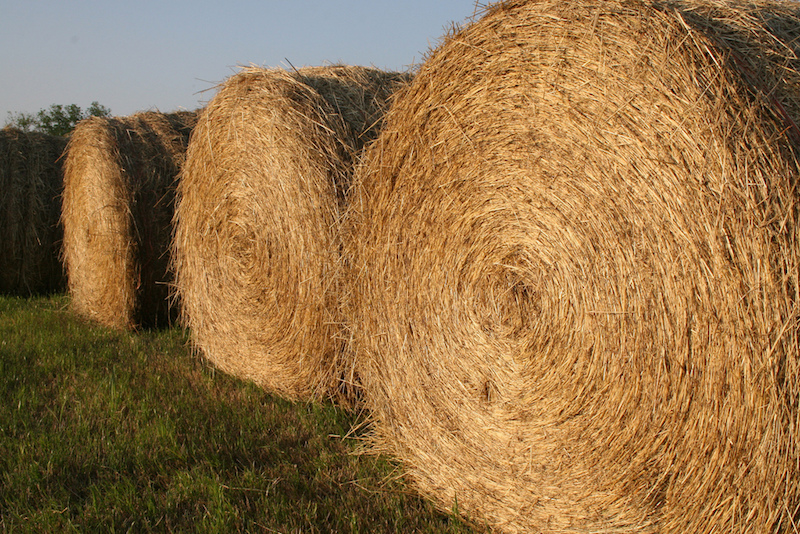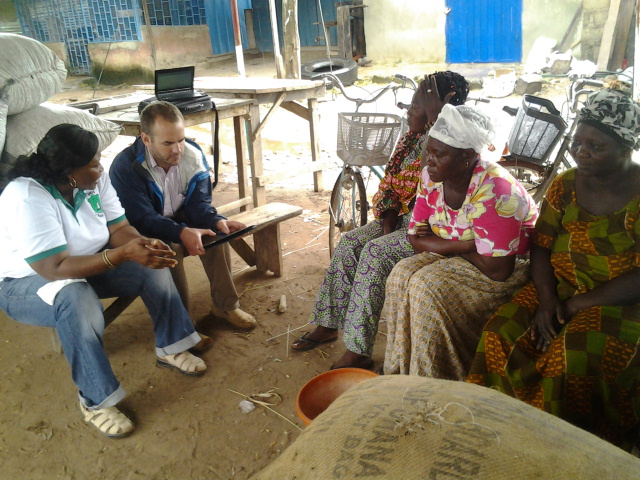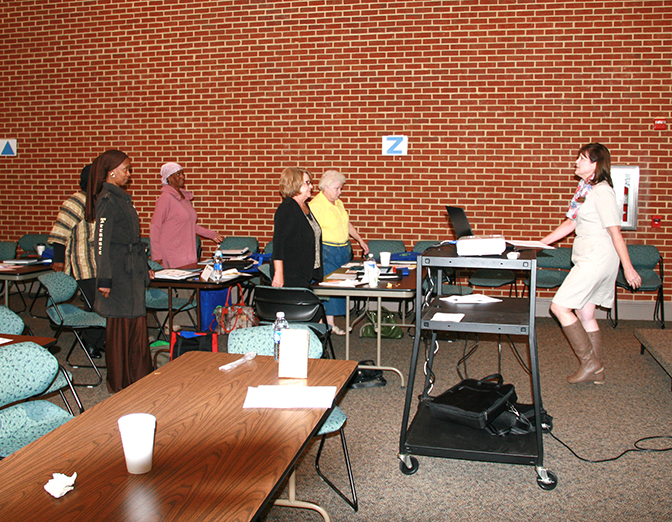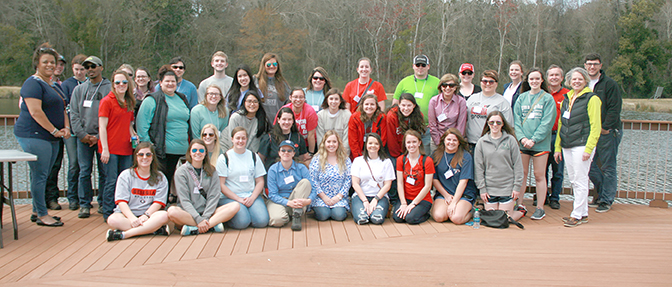 CAES News
CAES News
Spring Break Tour
Spotlighting the state’s top industry, a statewide tour of Georgia’s agriculture has been the highlight of spring break for 36 students in the University of Georgia College of Agricultural and Environmental Sciences.

